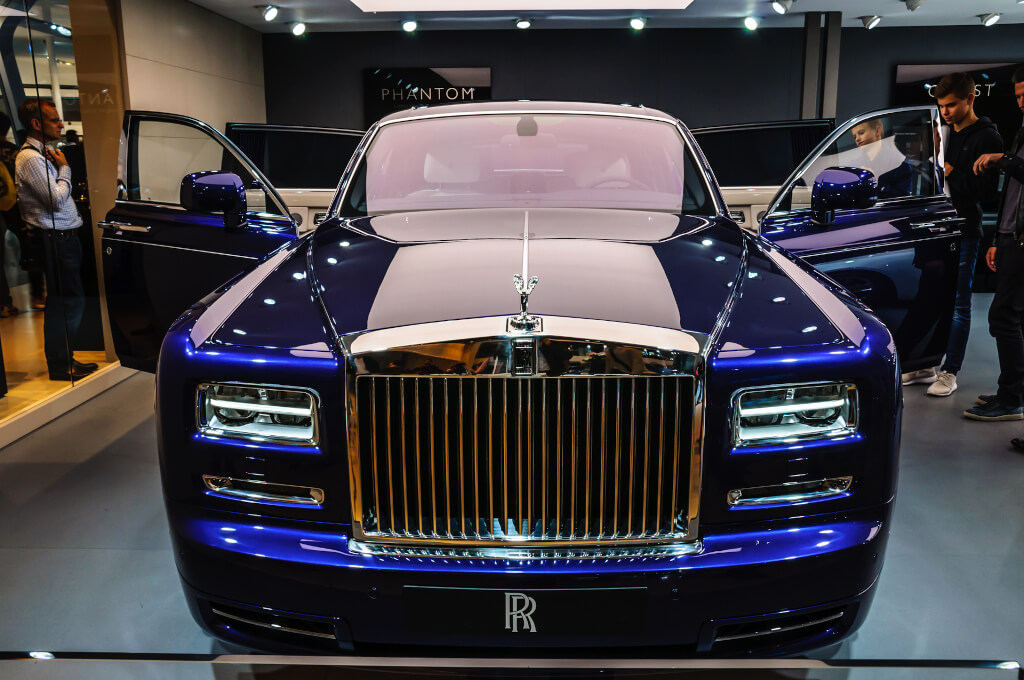Ralph Teetor, an inductee of the Automotive Hall of Fame, was the brilliant mind behind the modern cruise control system. Interestingly, Ralph never had the experience of driving himself, given he was blind. Yet, he became an iconic inventor in the automotive realm.
Automobiles, since their inception, have featured various speed governing systems. The earliest record of such a system can be traced back to a Wilson-Pilcher car in 1900. But Ralph’s innovation in the 1940s was unique. While in a car with his lawyer, he noticed a disparity in his companion’s speech and listening pace. This observation sparked an idea: a system to maintain a consistent vehicle speed. After investing years into perfecting this, Teetor filed his first patent in 1948. (US 2519859)
It wasn’t until a decade later that his refined invention could be integrated into mass-produced cars. The 1958 Chrysler Imperial, New Yorker, and Windsor were the pioneer models showcasing this novel technology. By 1960, Cadillacs were incorporating cruise control as a standard feature. The mechanism was simple yet effective: ground speed was calculated through driveshaft rotations, with a solenoid making necessary adjustments to the throttle cable.
Initially, This Tech Went by Various Names
Speedostat, Touchomatic, and Auto-Pilot, to name a few. However, it was Chrysler that branded it as “cruise control”. The 1970s oil crisis highlighted the fuel efficiency of cruise control, leading to its widespread acceptance and subsequent innovations by various inventors. Now, we’re seeing enhanced features like automated braking incorporated into modern cruise control systems.
Ralph’s story is a testament to overcoming adversity. At just five years old, an accident robbed him of his sight. Yet, this never deterred him. A New York Herald feature from December 21, 1902, highlighted a 12-year-old Ralph, who built a self-made car capable of reaching speeds up to 25 miles per hour.
His journey didn’t stop there. Ralph, with his knack for mechanics, earned a mechanical engineering degree from the University of Pennsylvania in 1912. His expertise was invaluable during World War I when he introduced technology to balance steam turbine rotors for torpedo boat destroyers.
Post-war, he associated with the Light Inspection Car Company in Hagerstown, Indiana. This eventually became the Perfect Circle Corporation, known for manufacturing piston rings. Here, Ralph’s expertise saw him climb from Vice President of Engineering to President.
Beyond the invention of cruise control, Ralph had a series of patents under his belt, including a gas-powered lawnmower and an ergonomic fishing rod handle (US 1898323). In 1936, he was elected as the president of the SAE. In his honor, the SAE later introduced the Ralph R. Teetor Educational Award in 1963. Ralph also received honorary degrees in Engineering and Law in 1965.
The Ethics of Autonomous Driving
Long before the dawn of AI-driven vehicles, cruise control was one of the first steps towards automation in cars. As cruise control took the responsibility of speed maintenance away from the driver, it stirred debates about the ethics of autonomous driving. With cruise control setting the stage, we must ask: how much control should we relinquish to machines? While Ralph Teetor might not have foreseen fully autonomous vehicles, his invention paved the way for this pertinent debate.
The Original Dilemma Of Safety vs. Comfort
From the inception of cruise control, there was a tug of war-between the increased comfort it promised and the potential safety risks. Were drivers becoming too reliant on the system? Could this lead to reduced alertness on the road? As the technology became more ubiquitous, these questions on the balance between safety and comfort grew louder, pushing manufacturers to consider these factors in further developments.
Cruise Control’s Influence on Fuel Economy
One significant advantage of cruise control that gained traction was its contribution to fuel economy. However, did this early acknowledgment of fuel-saving practices with cruise control indirectly highlight the automotive industry’s responsibility toward environmental concerns? This topic sparks a debate about the role of car manufacturers in the larger narrative of environmental conservation.
The Socio-Economic Impact of Cruise Control
While it might seem trivial at first glance, cruise control had notable socio-economic implications. For instance, with fuel-efficient driving becoming accessible to more people, long-distance travel became more affordable, influencing patterns of migration, work, and leisure. This change prompts us to ponder how seemingly small technological advancements can ripple through society, reshaping norms and habits.
Cruise Control and Driving Skills
With the introduction of cruise control and subsequent driving aids, there arose concerns about the potential erosion of fundamental driving skills. If a driver becomes overly reliant on automation, would they lose touch with essential skills like speed judgment and throttle control? This topic stirs a discussion on how technology can both aid and potentially diminish human capabilities in certain areas, like driving.
Teeter’s Visionary Leap
Imagine, for a moment, the impact of a single innovation on the vast landscape of automotive technology. Ralph Teetor, in all his brilliance, laid the groundwork for what you and your loved ones experience today – a heightened sense of safety, comfort, and efficiency on the road. His foresight into cruise control has set in motion developments that will significantly influence how future generations interact with vehicles.
The Move Towards Autonomous Driving
Teetor’s invention was an initial foray into automation. In the coming years, as you witness more autonomous vehicles on the roads, remember that they owe part of their lineage to cruise control. The ease with which you might one day delegate your driving tasks stems from that early desire to simplify and enhance the driving experience.
Eco-Friendly
With the first step towards automation came the realization of improved fuel efficiency, promising you and your family more environmentally-friendly travel. As car manufacturers continue to iterate and innovate, the vision of a green, sustainable driving future becomes more attainable, all thanks to the foundation laid by Teetor.
Comfort Meets Efficiency
The next time you set out on a road trip, consider the convenience that automation brings. The ease of maintaining steady speeds with minimal intervention is just the beginning. In the future, you can expect even more advanced systems that ensure your journeys are not just comfortable but also optimized for time and fuel efficiency.
Honoring Skills While Embracing Advancements
It’s essential to recognize the balance between technology and the innate skill of driving. As you benefit from advanced cruise control systems and, eventually, autonomous driving, remember to cherish and hone your driving skills. Just as Teetor’s invention acknowledged the driver’s role, future technologies will always need an understanding and skilled human touch.
Ralph Teetor’s brilliance shone through until his passing on February 15, 1982, at 91. His legacy remains an inspiration, showcasing that challenges can be turned into opportunities with the right mindset.
For more insightful articles and stories, visit our contact page.




